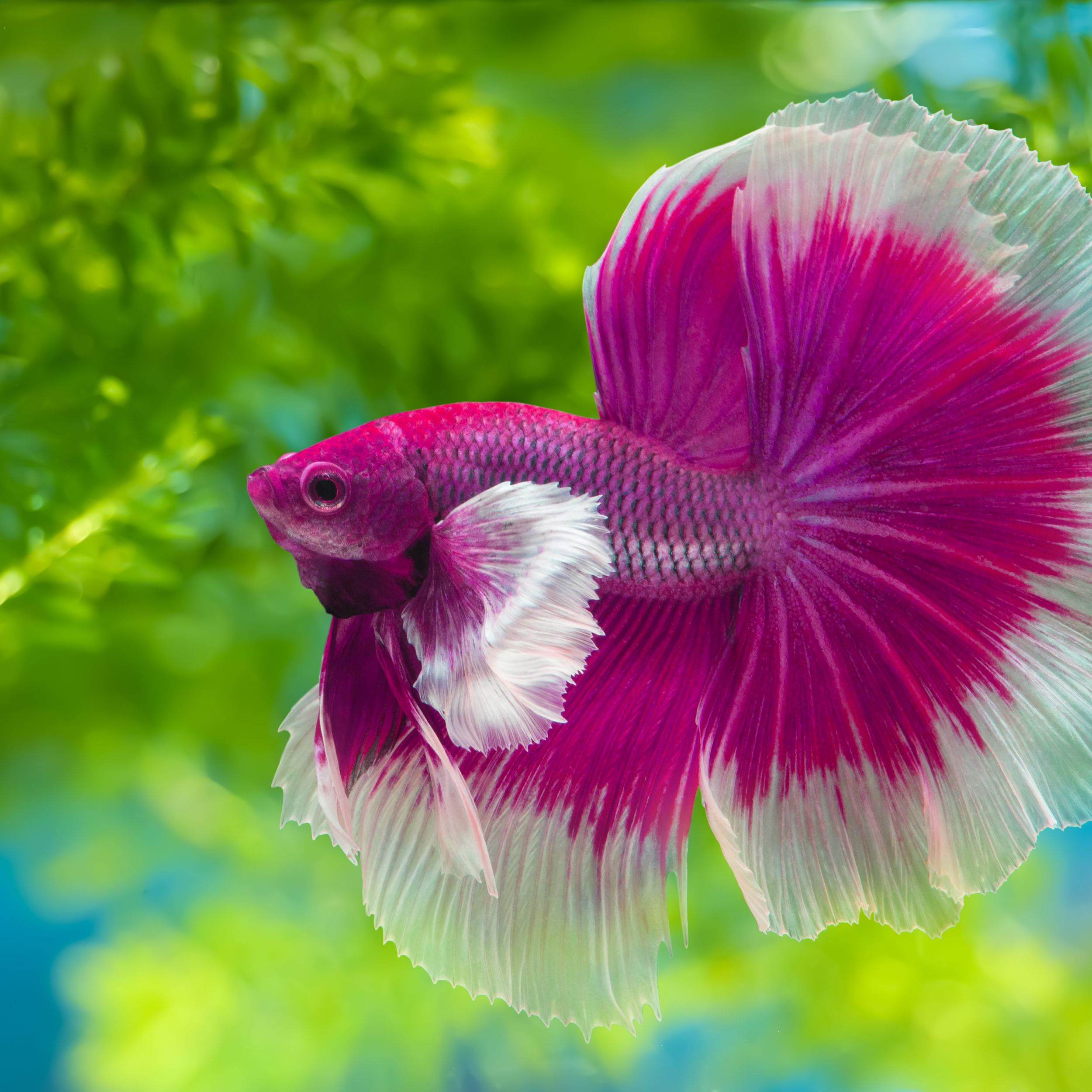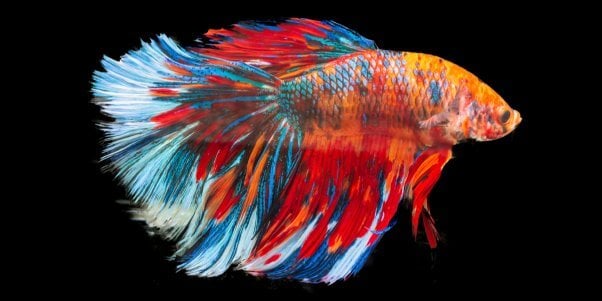Typical Betta Fish Illness and Exactly How to avoid Them
Typical Betta Fish Illness and Exactly How to avoid Them
Blog Article
Exactly How to Breed Betta Fish Efficiently: Expert Strategies and Insights for Hobbyists Seeking To Expand Their Betta Collection
Reproducing Betta fish requires a nuanced understanding of genetics and ecological problems, making it essential for hobbyists to come close to the procedure with both persistance and treatment. Creating an ideal reproduction setting, picking the right pairs, and observing the ins and outs of their courtship actions are fundamental actions that can significantly impact the result.
Comprehending Betta Fish Genes
Recognizing the genes of Betta fish is crucial for successful breeding, as it influences characteristics such as color, fin shape, and habits. Betta fish display a varied variety of shades and patterns, greatly identified by their hereditary make-up. The main genes in charge of coloration include the "B" genetics for blue, "D" genetics for red, and the "C" gene for color intensity. Breeders can manipulate these characteristics by selecting particular parent fish that display preferred qualities.
Along with pigmentation, fin morphology is one more significant aspect of Betta genes (betta fish). The sizes and shape of fins are affected by numerous genes, including those that establish whether the fins are brief, long, or veil-shaped. Understanding these genetic variants assists breeders forecast the phenotypic results of their children
Moreover, behavior characteristics such as aggressiveness and territoriality can additionally be influenced by genes. These habits play an important duty in the reproducing process, as they can influence spawning success and the total character of the resulting fry. By comprehensively recognizing these genetic concepts, breeders can make enlightened decisions, inevitably improving their breeding programs and accomplishing desirable results.
Preparing the Reproduction Atmosphere
Developing an optimum breeding atmosphere is essential for the successful reproduction of Betta fish. The initial action in preparing this environment is to choose an ideal reproduction tank, ideally ranging from 5 to 10 gallons.
Following, take into consideration the use of a sponge filter or an air stone to offer mild water circulation without developing strong currents that can worry the fish. It is vital to install plants or breeding cones to provide hiding areas and advertise convenience for the lady throughout the spawning procedure. Drifting plants, such as Java moss or water sprite, can also create a more native environment while assisting in bubble nest structure by the man.
Prior to presenting the reproducing sets, make certain the water is conditioned and devoid of hazardous chemicals, such as chlorine or heavy metals. betta fish. Regular water changes should be conducted to maintain optimal water quality, enhancing the chances of successful breeding. With these preparations in place, the reproducing setting will certainly sustain the health and wellness and wellness of both Betta fish
Choosing Breeding Pairs
Choosing the ideal breeding pairs is crucial for accomplishing effective Betta fish recreation. Healthy Betta fish show lively shades, clear eyes, and energetic behavior.
Personality is one more essential factor to consider, as Betta fish are understood for their hostile nature. It is a good idea to select a man and female that show compatible personalities to reduce stress during the reproducing process. A tranquil male can motivate a smoother courtship, while a female that is as well hostile may interfere with the process.
Hereditary history likewise plays a substantial role in the top quality of the offspring. Reproducing fish that are genetically varied can decrease the threat of hereditary health and wellness issues and improve Going Here the total vigor of the fry. It is valuable to research the family tree of both the man and female, concentrating on preferable traits such as fin type, color scheme, and dimension.
The Breeding Process
The reproduction procedure of Betta fish requires careful preparation and focus to detail to guarantee an effective end result. Initially, it is important to prepare an appropriate reproduction container, ideally a 5-10 gallon aquarium with a temperature level kept at 78-80 ° F. The tank ought to be furnished with a heating system, filter (ideally official statement sponge kind to avoid strong currents), and a lot of water plants for the woman to hide.
When the atmosphere is established, present the picked reproducing set to the container, permitting them to accommodate. Observe their behavior; the man will certainly present elaborate courtship rituals, including flaring his fins and constructing a bubble nest. If the lady reveals passion, she will certainly present upright red stripes suggesting readiness for spawning.
When the female is responsive, the pair will involve in a mating embrace, throughout which the male feeds the eggs. Preserving optimal water problems during this period is crucial for the advancement of healthy Betta fry.
Taking Care Of Betta Fry

Feeding Betta fry is vital, as they require a diet plan high in healthy protein. At first, they can be fed infusoria or fluid fry food, transitioning to carefully crushed premium pellets as they expand. Feed little sections numerous times a day to encourage healthy growth without overwhelming the container with leftover food.

As they develop, monitor their development carefully and divide any kind of aggressive individuals to avoid harm. By providing a supporting atmosphere and correct nutrition, enthusiasts can successfully elevate Betta fry into vivid, healthy fish, inevitably enhancing their reproduction endeavors.
Final Thought
Effective Betta fish reproduction calls for thorough attention to genetic selection, environmental conditions, and care for the fry. By comprehending the genes of Betta fish and preparing an ideal reproduction setting, hobbyists can enhance the chances of producing dynamic, healthy offspring.
Report this page